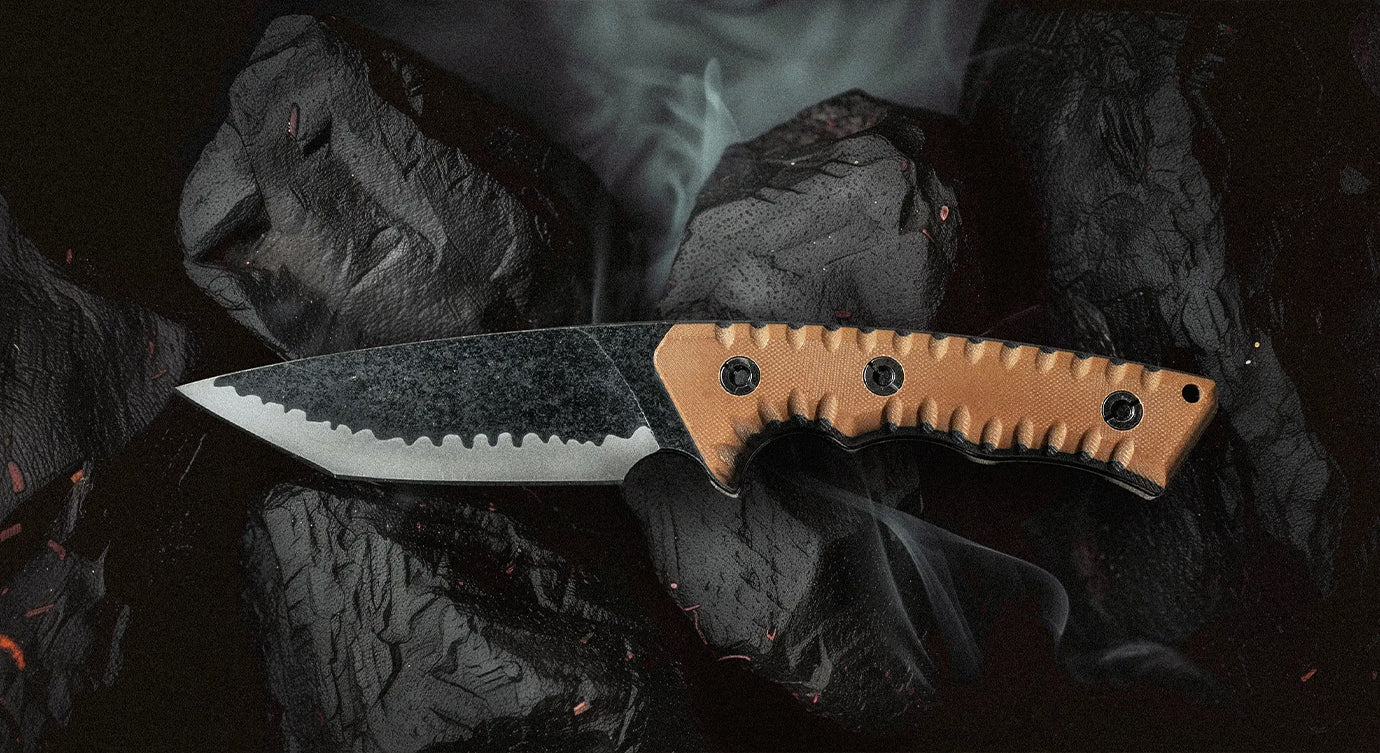A Comprehensive Guide to Selecting the Ideal Outdoor Knife
In outdoor adventures, a reliable knife is like your right-hand companion, essential for both survival skills and daily tasks. But with so many options available on the market, how do you choose the one that's best suited for you? This blog post provides a detailed guide to help you make an informed decision.
-
Define Your Purpose First, determine the primary use of your knife. Outdoor knives can be broadly categorized into survival knives, tactical knives, camping knives, and multi-purpose knives. Each type has distinct design features and applications. For example, survival knives typically have longer straight blades suitable for chopping, digging, and tool-making, while camping knives focus more on cooking, whittling, and general utility tasks.

-
Consider Size and Weight The size and weight of the knife directly affect its portability and comfort in use. Larger knives may offer better chopping capabilities but can be cumbersome to carry for extended periods. Conversely, smaller knives are easy to carry but might not be up to heavy-duty tasks. Finding the optimal balance between size and weight is crucial.

-
Blade Material The material of the blade determines its durability, sharpness, and ease of maintenance. Common blade materials include stainless steel, high carbon steel, and composite steels. Stainless steel resists corrosion well but may not be as hard as high carbon steel; high carbon steel is sharp and easy to sharpen but requires more maintenance to prevent rusting; composite steels, such as Damascus steel, combine the advantages of both.

-
Handle Design The handle should provide a good grip and slip resistance. Materials like wood, plastic, rubber, and carbon fiber each have their pros and cons. Wood offers a comfortable feel but can absorb water; plastic and carbon fiber are lightweight and weather-resistant; rubber provides excellent grip.
-
Sheath and Accessories Consider whether the accompanying sheath is convenient for carrying and quick draw. Some knives come with additional survival tools, such as fire starters, saw teeth, or built-in ropes, which can enhance the knife's versatility.
-
Budget and Brand Finally, select based on your budget. High-quality knives can be expensive, but investing in a good knife will save you replacement costs in the long run and provide a better user experience. Established brands often offer better customer service and quality assurance.

-
Conclusion Choosing an outdoor knife involves a comprehensive evaluation process, considering the knife's purpose, personal preferences, and budget constraints. Remember, there's no such thing as a "one-size-fits-all" knife, only the one that's best for you. With this guide, we hope you find a knife that meets your needs and preferences, enhancing your outdoor experiences.
Before making a decision, consider trying out different knives or consulting experienced outdoors enthusiasts. Their feedback and recommendations can be invaluable. Choosing a good knife means choosing trust and safety, making every outdoor adventure more exciting and secure.


